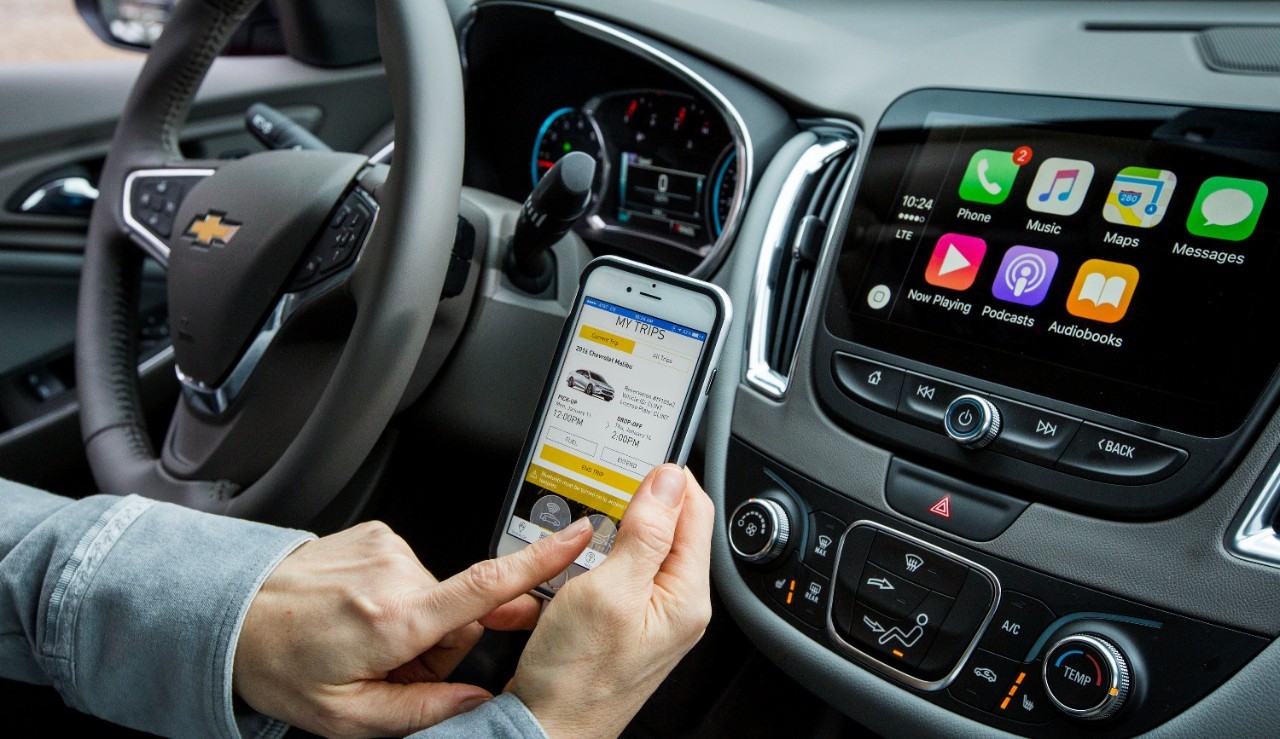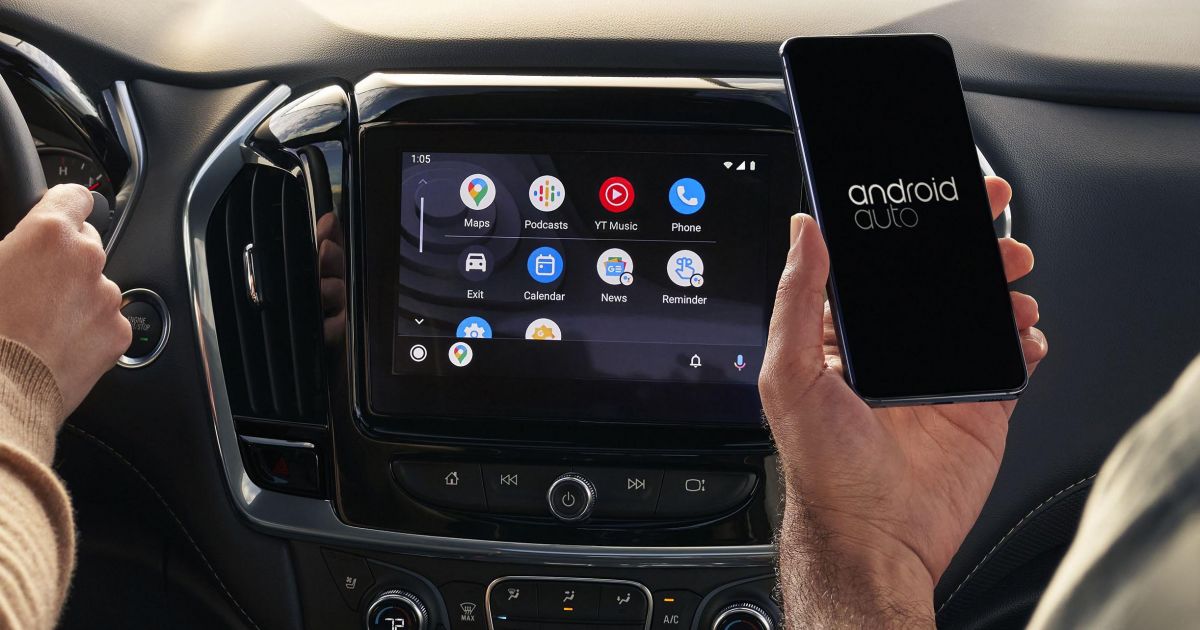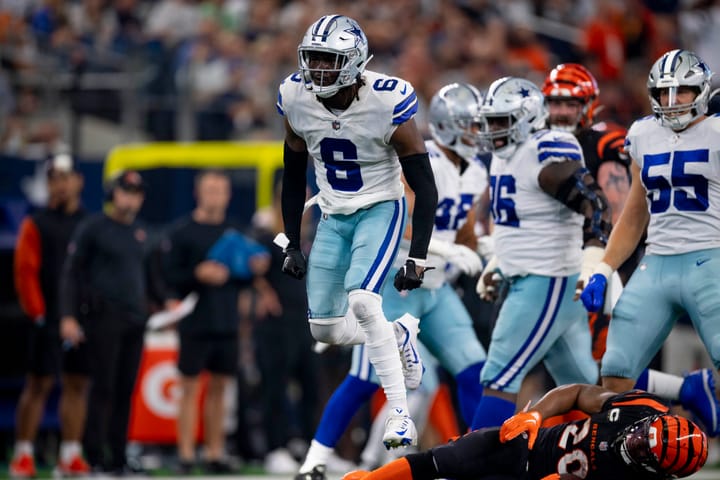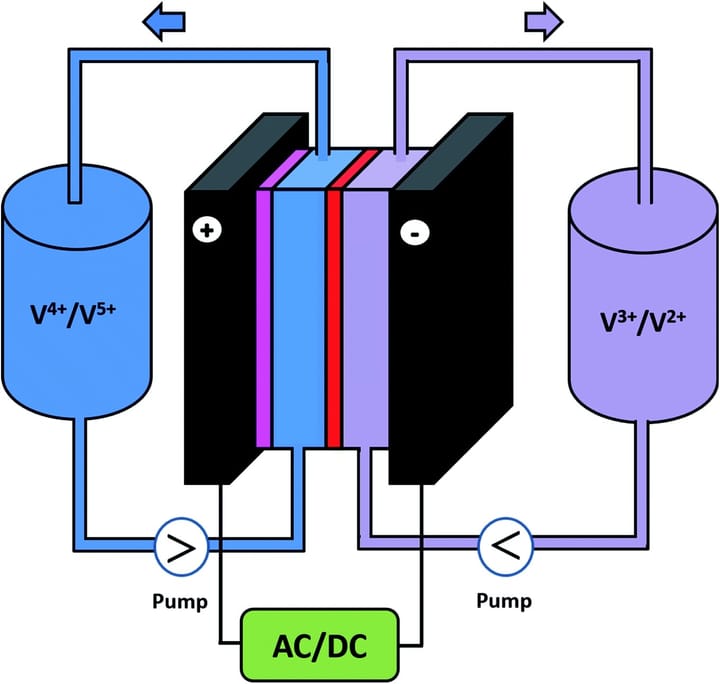GM's CarPlay and Android Auto Shift - What It Means for Drivers

The Decision Behind the Shift

Imagine being stuck with a clunky, outdated infotainment system in your brand new car. That's what many GM drivers are facing now that the company is ditching CarPlay and Android Auto. But what's behind this decision?
A Desire for Control
GM's move might be driven by a desire to take charge of the in-car experience. By developing its own system, the company can tailor the tech to its specific needs and goals. This could mean better integration with other car features, like climate control or navigation.
For example, Tesla's system is highly customizable and integrates seamlessly with other Tesla features. GM might be trying to replicate this success. They can collect valuable data on driver habits and preferences, which can be used to improve the overall driving experience.
Developing Its Own System
GM may be looking to develop its own infotainment system from scratch. This would give them complete control over the user interface, features, and updates. No more relying on Apple or Google to push out new features or security patches.
- More control over user data and experience
- Potential for better integration with other car features
- Ability to push out updates and features at their own pace
A More Streamlined Experience
This shift could lead to a more streamlined experience for drivers. With a custom-built system, GM can optimize the interface and features to work seamlessly with their vehicles. No more laggy performance or awkward menus.
It's a bold move, but it will be interesting to see how it plays out. Will GM's new system be a hit or a miss? Only time will tell.
Impact on Drivers
The shift away from CarPlay and Android Auto in GM's vehicles is set to rattle some cages. If you're one of the many drivers who rely on these systems for navigation, music, and more, you might need to think about alternative options.
For some, the native infotainment system might be a welcome change. After all, GM's system has made some significant strides in recent years, offering features like voice recognition and smartphone integration. However, others might miss the seamless integration that CarPlay and Android Auto provide. For example, iPhone users who are used to Apple Maps might find themselves struggling to find a reliable alternative.
What does this mean for your driving experience?
The overall driving experience is likely to be affected, and not necessarily for the better. With CarPlay and Android Auto no longer an option, drivers might find themselves dealing with more complicated menus and slower response times. Here are a few things to consider:
- Navigation: If you're used to using Google Maps or Waze through Android Auto, you might need to switch to GM's native system, which might not be as accurate or user-friendly.
- Music streaming: If you're an Apple Music subscriber, you might miss the seamless integration with CarPlay, and find yourself having to use a different app to access your music.
Ultimately, it's going to be a trade-off. Some drivers might appreciate the unique features of GM's native system, while others might find themselves missing the familiarity of CarPlay and Android Auto. Either way, one thing's for sure - the driving experience is about to get a lot more interesting.
Potential Benefits

GM's decision to ditch CarPlay and Android Auto might seem drastic, but it could be a game-changer for drivers. Imagine having an infotainment system that's tailored specifically to your vehicle, with features and integrations that feel like they were designed just for you.
A custom-built system would allow GM to cater to its user base in ways that generic platforms can't. For instance, the system could integrate seamlessly with GM's OnStar services, providing a more streamlined experience for users who already rely on the technology. It could also include features like personalized navigation, customized dashboard layouts, and even integrations with popular apps like Spotify or Google Maps.
What This Means for Drivers
So, what does this mean for you? Here are a few potential benefits:
- A more intuitive interface that's designed specifically for GM vehicles
- Tighter integration with GM's existing services, like OnStar
- Potential for more frequent updates and feature additions
These benefits could lead to increased customer satisfaction and loyalty. After all, who doesn't love a product that's tailored to their needs? With a custom-built infotainment system, GM could create an experience that's more cohesive and enjoyable than anything CarPlay or Android Auto could offer.
It's worth looking at the numbers: according to a study by J.D. Power, 74% of car buyers consider the infotainment system to be a key factor in their purchasing decision. By creating a system that's designed specifically for its vehicles, GM could gain a competitive edge in the market.
Challenges Ahead
GM's decision to phase out CarPlay and Android Auto might seem like a bold move, but it's just the beginning of a new chapter in the company's journey. Developing a competitive infotainment system from scratch is no easy feat. It's like building a smartphone from the ground up - you need to get everything right, from the user interface to seamless integration with other devices.
User Experience is Key
GM will need to ensure its system is user-friendly, feature-rich, and well-maintained. This means creating an intuitive interface that drivers can easily navigate while on the road. One misstep could lead to frustration and a negative user experience. For instance, the tech giant, Apple, spent years perfecting its CarPlay system, which is now used in over 1 billion vehicles worldwide.
To succeed, GM will need to:
- Develop a system that integrates seamlessly with popular apps and services
- Provide regular software updates to fix bugs and add new features
- Ensure the system is compatible with a wide range of devices
Keeping Up with the Pace
The tech industry is known for its rapid pace of innovation, with companies like Tesla and Apple setting the bar high. GM will need to keep up with the latest developments in AI, voice assistants, and app integration to stay competitive. This might require significant investments in research and development, as well as strategic partnerships with tech companies.
One example of a company that's successfully kept pace is Tesla, which has been able to update its vehicles' software remotely, adding new features and improving performance. GM will need to find a similar formula to stay ahead in the game.
The Future of In-Car Technology

The automotive world is abuzz with General Motors' recent decision to shift away from Apple CarPlay and Android Auto in its vehicles. But what's driving this change, and what does it mean for the future of in-car tech?
As cars become increasingly connected, manufacturers are faced with a choice: rely on third-party systems like CarPlay and Android Auto, or develop their own native systems. GM's move suggests that they're prioritizing the latter, betting that a customized experience will better integrate with their vehicles' features.
A Shift Towards Native Systems
This trend is already visible in the industry – Tesla, for instance, has long developed its own infotainment system, which has become a hallmark of the brand. Other manufacturers might follow suit, especially as they integrate more advanced features like autonomous driving and AI-powered assistants.
The future of in-car technology will likely be shaped by a balance between innovation, user experience, and manufacturer priorities. As drivers, we're likely to see more seamless integration between our vehicles and devices, but also potentially more fragmentation in the market.
What This Means for Drivers
For now, it's unclear how this shift will impact the average driver. Will native systems offer a more intuitive experience, or will they lack the familiarity of CarPlay and Android Auto? One thing's certain, though: the next few years will be an exciting time for in-car tech, with manufacturers vying to create the most compelling experience.







:max_bytes(150000):strip_icc()/Melatonin-side-effects-7068990_txt_final-29e3d836062d4aed9a5fdaff03dfdc61.png)

Comments ()